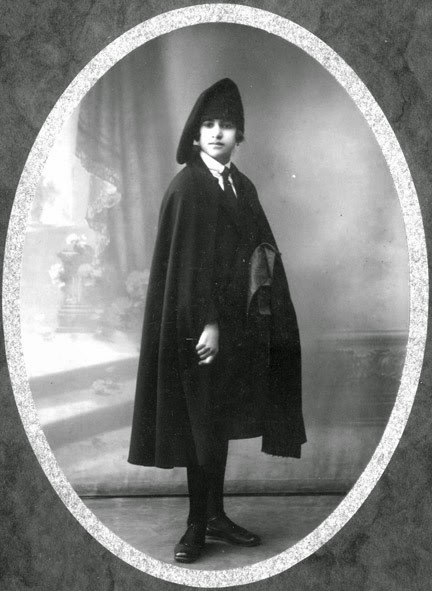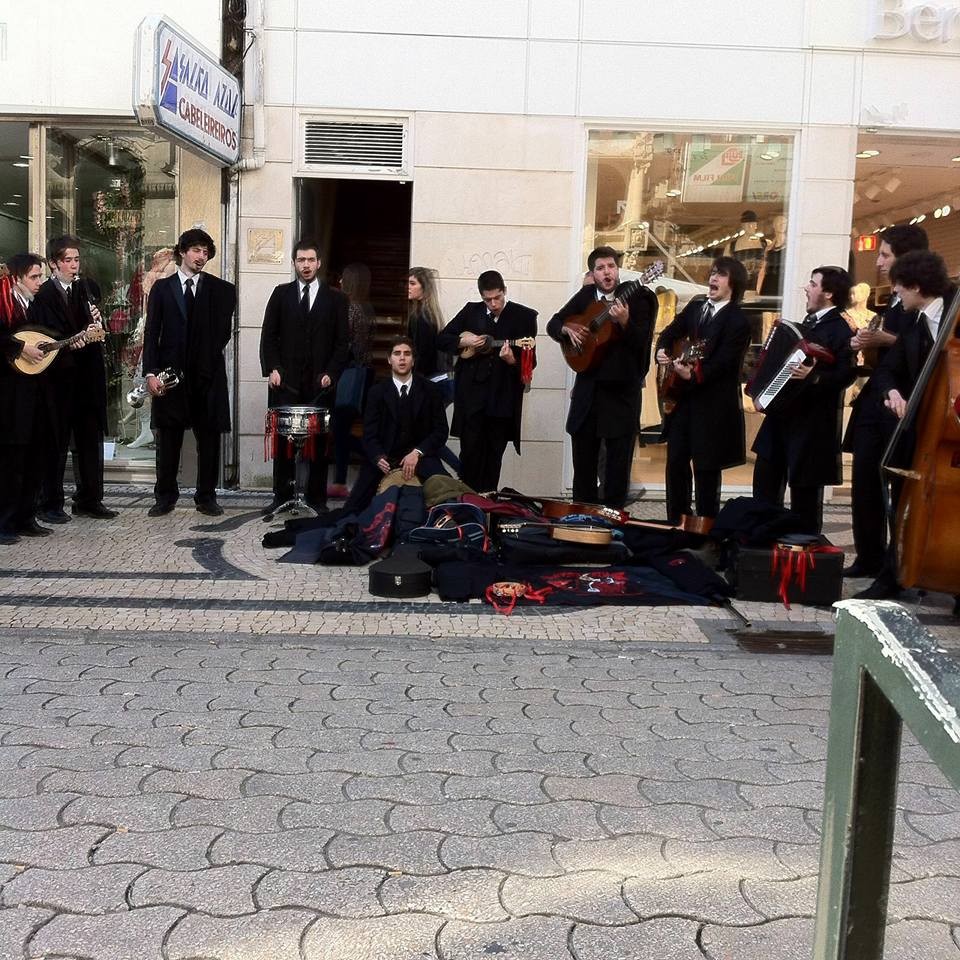Praxe - A Portuguese academic tradition
Praxe
It’s likely that you noticed students strolling around the roads of Porto wearing dark clothes. It's called Praxe and it actually started in Coimbra. Praxe is the baptism of students in universities in Portugal, and was created to make a start for the freshmen into the college association and also to support the increased loss of societal inhibitions. Convention, rite, and happiness are a few of the key components of Praxe. More mature pupils often create humorous scenarios with and for the freshmen. Boys and girls have sex-distinguished rites to maintain respect and self-esteem. Many of the rites are done together, but the Praxe is occasionally taken too far by senior students. They sometimes change the initiation rites into assault or humiliation. These are a breach of the beliefs of Praxe.

The traditional clothes of the students are called capa e batina. The clothes were used since the existence of the University of Porto. The capa e batina clothing can also be linked to the fascism period in Portugal that existed until 1974. At first, girls wore a gown that was pink, but now the female outfit is more similar to the men's. Nowadays, the educational clothing for men include black pants, a black vest, a cassock, a dark tie, a basic white t-shirt, as well as dark traditional shoes for guys. The girls' clothes consist of a white top, a dark coat, a black tie, a skirt and tights and low heels. Although the official outfits are mostly associated with the Praxe every university student can wear them even if they have not participated in Praxe.


Related to the educational conventions and the traditional clothes, there are many events throughout the entire year. May is the month with many parties: the Queima das Fitas Week (which includes the performance of university students musical groups, it's called Festivals of Tunas and other groups are invited, the monumental serenade as well as the parade of all university students, called Cortejo, are also included). You can read more about this in my blogpost following the link: Queima das Fitas.
The capa e batina outfit has influenced J. K. Rowling, writer of the Harry Potter novels, for the clothing of Hogwarts' pupils. She was living in Portugal when she began to write her first Harry Potter novel.

It is said that washing the Capa e Batina is the same as forgetting the memories of the university life, that is the reason why the traditional clothes are usually not washed. The outfit can also be utilized to demonstrate respect to locations where an individual finds him- or herself, or when the individual is in the presence of someone in particular. The uttermost expression of respect for the academic life is to put the clothing on the floor for someone else to walk over it.
Photo gallery
Content available in other languages
- Italiano: Praxe - Una tradizione accademica portoghese
- Polski: Praxe- portugalska tradycja studencka
- Español: Praxe- Una tradición académica portuguesa
- Türkçe: Praxe - Portekiz Üniversite Geleneği
- Nederlands: Praxe - Een Portugese academische traditie
- Français: Praxe - Une tradition académique portugaise
- Português: Praxe - Uma tradição académica Portuguesa
- Deutsch: Praxe - Eine portugiesische akademische Tradition
Want to have your own Erasmus blog?
If you are experiencing living abroad, you're an avid traveller or want to promote the city where you live... create your own blog and share your adventures!
I want to create my Erasmus blog! →







Comments (1 comments)
Interesting!